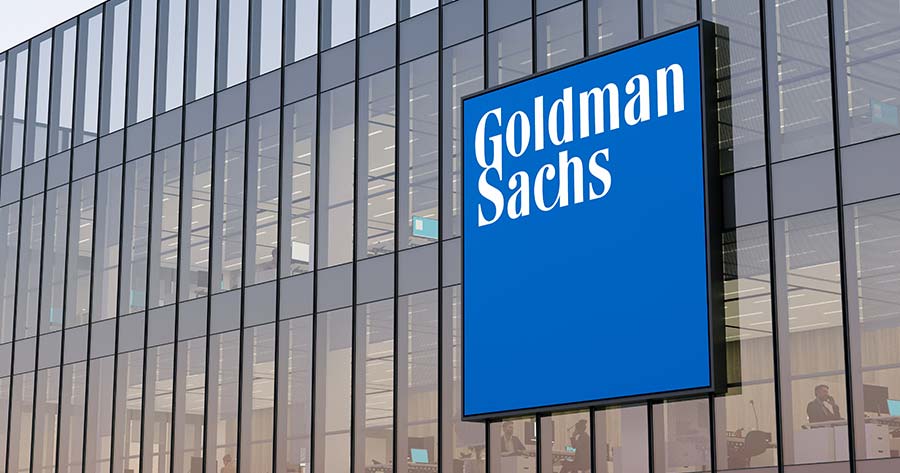The US stock market has stalled following a record high in July, according to the recent movement of the S&P 500 Index.
Earnings per share in the second quarter for the S&P 500 climbed 11.3% YoY, while earnings growth might slow down to 4.9% in the third. GDP saw an annualized 1.4% development in 2Q in contrast to 3% in the first.
In the meantime, investors still have mixed reception with respect to the Federal rate cut and how it would affect stocks. Experts are still divided on the rate: both 25 and 50 basis points are possible. Some may argue that a smaller cut would do stocks some good, assuming the Fed’s view on the current economy is not problematic, others would debate that smaller reduction is bad for stocks as there would be less stimuli in the economy, thus, less boosts for earnings.
Goldman Sachs (GS) shares a slightly bullish view on stocks as investors recently bailed on technology in favor of less noticeable sectors such as consumer goods and real estate. GS’ commentary reads “the prospect of Fed easing has left the S&P 500 near its all-time high. The S&P 500 stood at 5,628 Tuesday, less than 1% away from its record close of 5,667.”
That said, GS economists predicted 25 basis points will be cut by the Fed and estimated 200 bps of easing by 1Q26. Further, Goldman Sachs strategists have analyzed a couple scenarios: “If the market prices less Fed easing because the economy proves resilient, equities will rise despite higher bond yields,” described the strategists.
Higher yields would likely be detrimental to stocks due to depression in economic growth as bonds would be a more preferable investment to stocks.
On the contrary, “if the market prices additional Fed easing because economic data worsen, equities will struggle even as bond yields decline,” explained GS strategists.
Hence, the prediction of S&P 500 at 5,600 by the end of the year, with a six-month goal of 5,700 and 6,000 target within 12 months.



